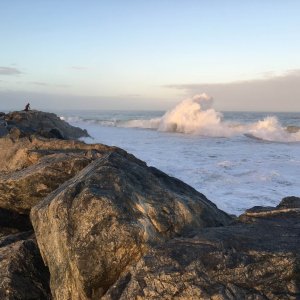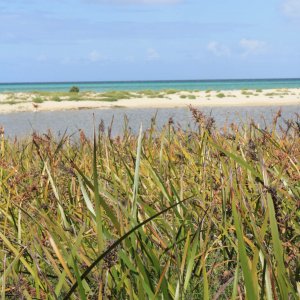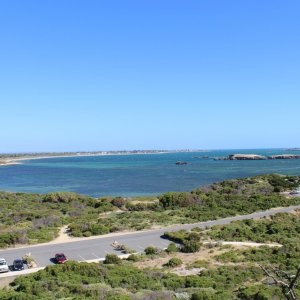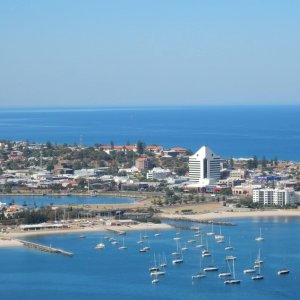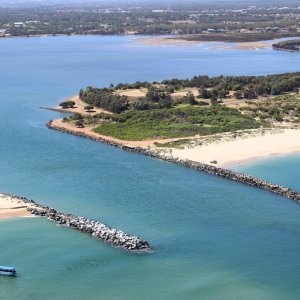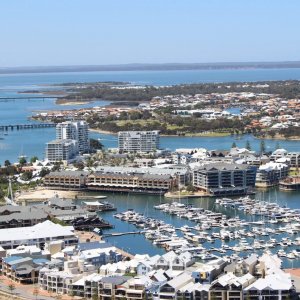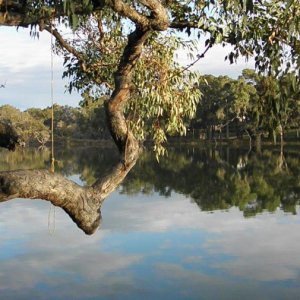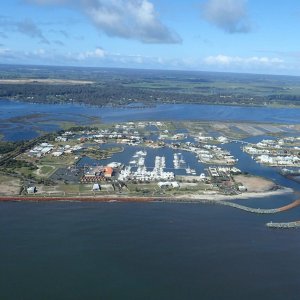The PNP received Federal Government funding under the Coastal Adaptation Decision Pathways (CAPS) Project to Develop Flexible Adaptation Options for the Peron Naturaliste Coastal Region of Western Australia. This project produced hazard mapping for the region and developed adaptation planning options. These outputs then informed two specific project outcomes:
1. An economic-based regional analysis of adaptation options to treat identified impacts of coastal climate change.
2. Detailed demonstration of several coastal adaptation pathways and options in local area case study sites.
This project identified that significant assets are at risk from coastal erosion and inundation and there are a range of adaptation options and tools potentially available including; strategic plans, sand nourishment and dune revegetation, construction of sea walls and artificial reefs, timed approvals and planned retreat.
This project was an economic-based analysis and subsequently does not address social, environmental and cultural assets to a great extent. Furthermore, due to resourcing issues, community involvement (including indigenous consultation) was not a component. As such it is imperative that environmental and community values are acknowledged and addressed in order for decision-makers to make appropriate and comprehensive decisions.
The summary of the results show that from now to 2100:
- Erosion is a far more pervasive issue than flooding.
- 800 hectares of residential land would be subject to an increase in flooding risk.
- Approximately 200 metre wide strip is at risk from erosion along the whole extent of the coastline.
- The value at risk of the affected assets along this section of coastline is approximately $1.2 billion.
- Approximately $1.1 billion of assets can be saved, at a cost of around $120 million.
Project Reports and Information Sheets produced for this project included:
- Frequently Asked Questions
- Project Summary
- Coastal Hazard Mapping for Economic Analysis of Climate Change Adaptation in the Peron-Naturaliste Region Report
- Technical Note regarding PNP Coastal Hazard Mapping
- Climate Change Adaptation Options Assessment – Executive Summary
- Climate Change Adaptation Options Assessment – Full Report
The Project also featured as an National Climate Change Adaptation Research Facility (NCCARF) Adaptation Good Practice case study, which also included a video.
The PNP would like to acknowledge the Australian Government Department of Climate Change and Energy Efficiency and the Western Australian Department of Transport that partly funded this project.

